Thanks for asking this question. Working through it, I've realized that it is currently more work than it should be. I'd very strongly encourage you to open a GitHub issue so that we can discuss what improvements can best make this kind of thing easier for users.
Here is a complete example:
import networkx as nx
from bokeh.io import output_file, show
from bokeh.models import CustomJSTransform, LabelSet
from bokeh.models.graphs import from_networkx
from bokeh.plotting import figure
G=nx.karate_club_graph()
p = figure(x_range=(-3,3), y_range=(-3,3))
p.grid.grid_line_color = None
r = from_networkx(G, nx.spring_layout, scale=3, center=(0,0))
r.node_renderer.glyph.size=15
r.edge_renderer.glyph.line_alpha=0.2
p.renderers.append(r)
So far this is all fairly normal Bokeh graph layout code. Here is the additional part you need to add permanent labels for each node:
from bokeh.transform import transform
# add the labels to the node renderer data source
source = r.node_renderer.data_source
source.data['names'] = [str(x*10) for x in source.data['index']]
# create a transform that can extract the actual x,y positions
code = """
var result = new Float64Array(xs.length)
for (var i = 0; i < xs.length; i++) {
result[i] = provider.graph_layout[xs[i]][%s]
}
return result
"""
xcoord = CustomJSTransform(v_func=code % "0", args=dict(provider=r.layout_provider))
ycoord = CustomJSTransform(v_func=code % "1", args=dict(provider=r.layout_provider))
# Use the transforms to supply coords to a LabelSet
labels = LabelSet(x=transform('index', xcoord),
y=transform('index', ycoord),
text='names', text_font_size="12px",
x_offset=5, y_offset=5,
source=source, render_mode='canvas')
p.add_layout(labels)
show(p)
Basically, since Bokeh (potentially) computes layouts in the browser, the actual node locations are only available via the "layout provider" which is currently a bit tedious to access. As I said, please open a GitHub issue to suggest making this better for users. There are probably some very quick and easy things we can do to make this much simpler for users.
The code above results in:



